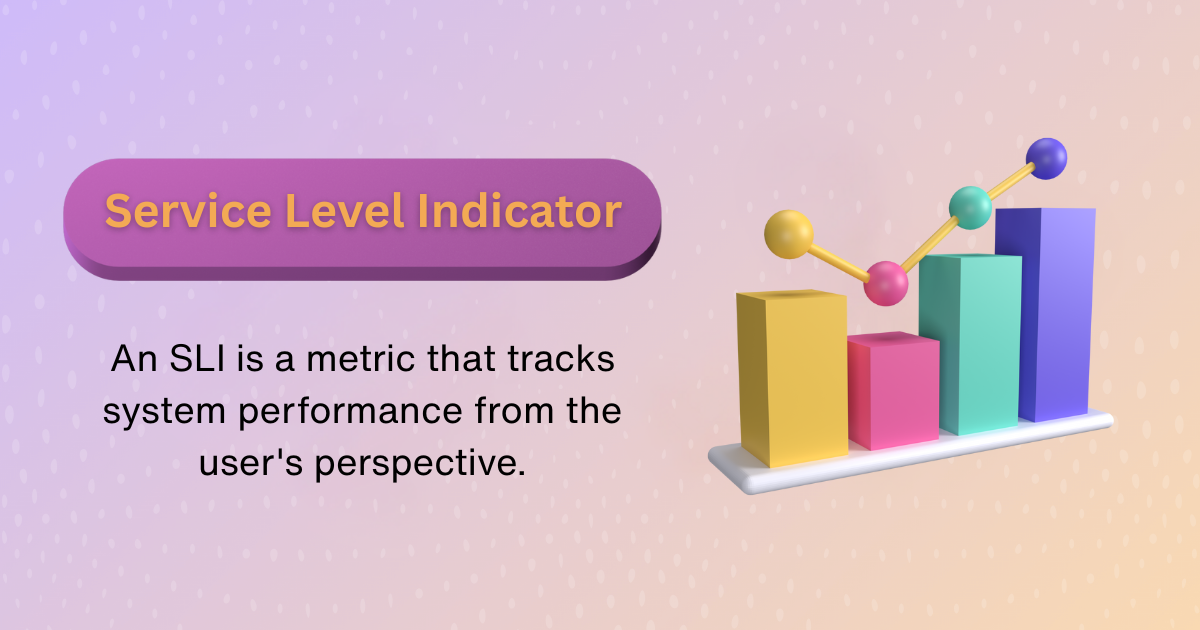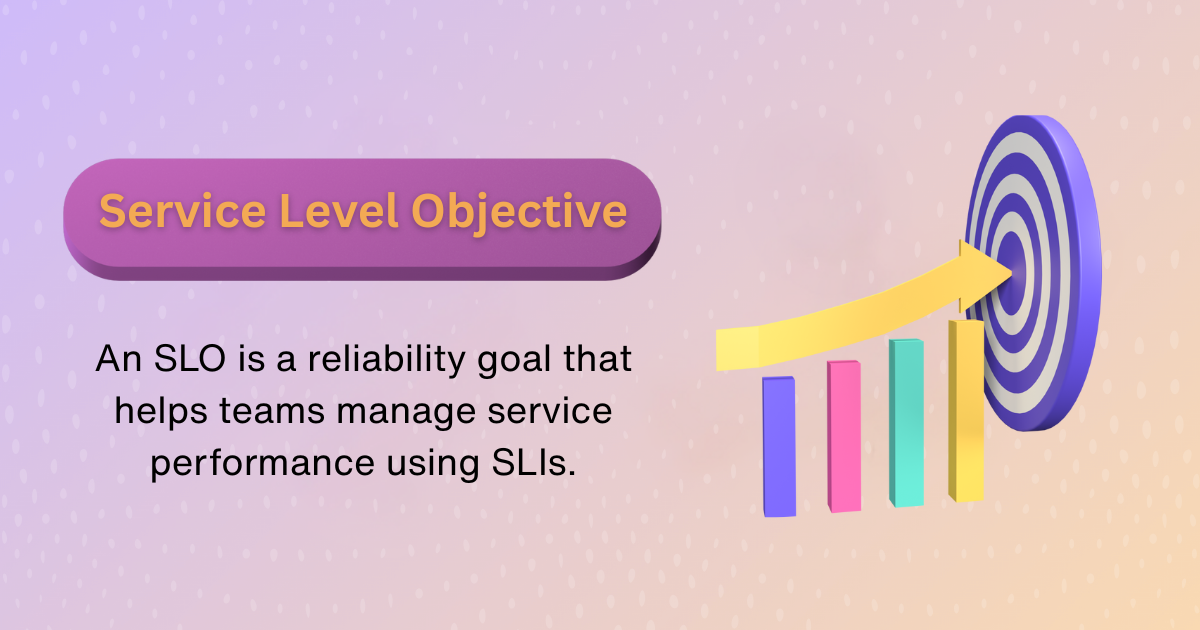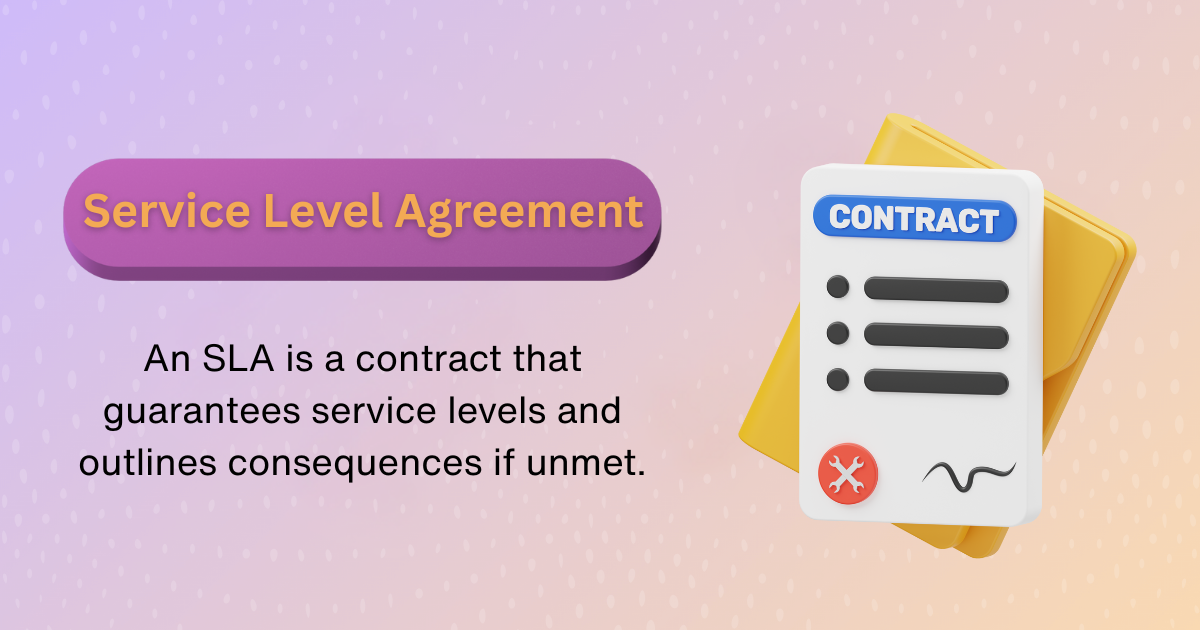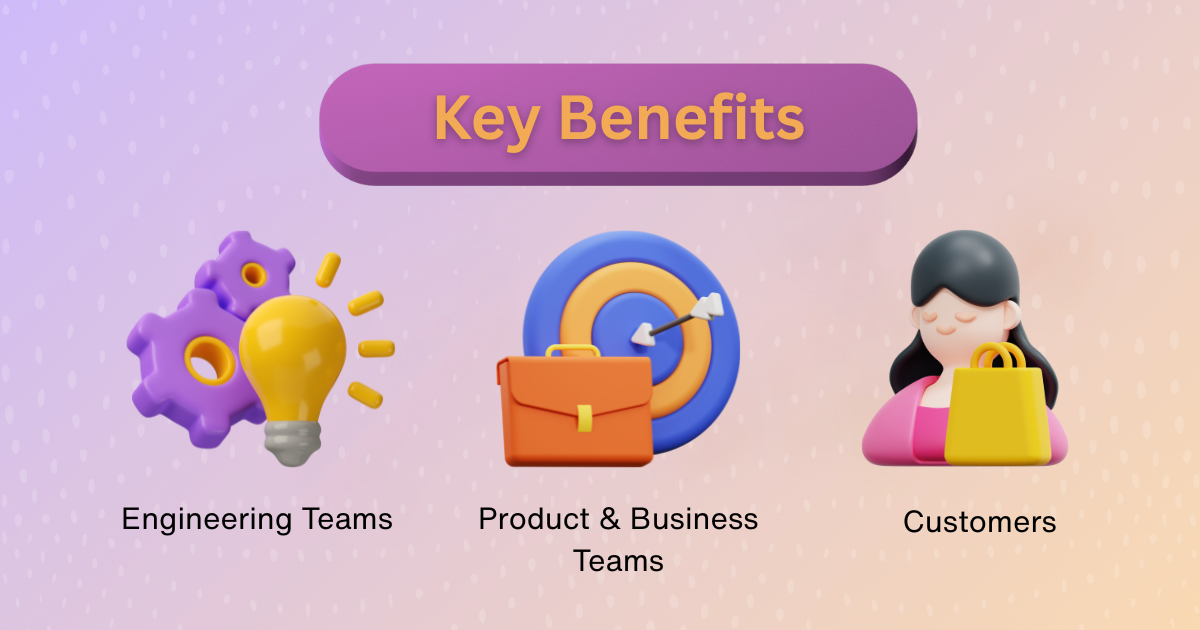

The Hidden Costs of Immature Incident Management
The start of a journey towards a mature SRE practice.
Modern teams depend on clear reliability standards to keep services stable, reduce operational risk, and deliver predictable performance. SLIs, SLOs, and SLAs provide the language and structure that engineering, product, and business teams use to measure reliability and make informed decisions about risk, uptime, and incident response.
These frameworks work together across every part of the reliability lifecycle. SLIs capture how a system behaves. SLOs define how reliable the system must be. SLAs convert those expectations into commitments that influence customer trust and legal accountability.
Definitive Difference:
An SLI is the metric. An SLO is the target for that metric. An SLA is the contractual promise based on those targets.

An SLI is a quantifiable measurement of system performance from the user’s perspective. It defines how a service behaves in real time by tracking observable signals such as latency, throughput, availability, correctness, or freshness.
SLIs are typically organized around the four golden signals of reliability: latency, traffic, errors, and saturation. These signals reflect the most important aspects of user experience and act as the foundation for SLOs and alerting strategies.
Common SLI types include:
Percentile-based SLIs are preferred over averages because averages hide tail latency, which strongly affects user experience.
A strong SLI always reflects the user journey. Good SLIs come from:

An SLO is the internal target for an SLI. It defines the level of reliability a team intends to deliver and acts as the threshold that determines whether the system is performing acceptably.
SLOs are measured over rolling windows such as 7 days, 30 days, or 90 days. These windows align reliability goals with real customer experience rather than isolated events.
Error budgets quantify the amount of allowed unreliability.
Formula:
Error budget = 100 percent minus the SLO target.
Example:
If the SLO is 99.9 percent, the monthly error budget is 0.1 percent of downtime or failed requests.
Teams spend error budgets when outages or high error rates occur. When the budget is exhausted, deployments slow or stop until stability returns. This keeps reliability and feature development in balance.
Burn rate measures how quickly an error budget is consumed.
Multi-window, multi-burn-rate alerting helps detect both short spikes and long, slow regressions.
Example:
This prevents noisy alerts while ensuring fast detection of meaningful incidents.

An SLA is a contractual agreement between a service provider and a customer. It defines the minimum acceptable service level and the remedies offered if the provider fails to meet those commitments.
SLAs rely on internal SLOs and SLIs but are usually less strict because SLAs introduce financial and reputational risk.
Teams set SLOs higher to maintain internal buffers. For example, a company may target 99.95 percent internally while offering a 99.9 percent SLA externally. This protects against penalties if minor incidents occur.
If a provider guarantees 99.9 percent uptime:
Large platforms often offer different SLAs per service or region.
Example:
This chain forms the backbone of reliability strategy.

These frameworks ensure everyone shares the same understanding of reliability expectations. They translate engineering concepts into business outcomes, reduce misalignment, and create predictable operating conditions.
They reduce alert fatigue by establishing clear thresholds for what truly matters. They help teams identify incidents that require immediate action instead of reacting to every fluctuation.
Most importantly, they build trust with users by defining what dependable service looks like and how teams respond when problems appear.
SLOs guide product planning, helping teams understand which reliability risks influence roadmap priorities.
Error budgets determine how fast teams deploy, how much risk is acceptable, and when to slow down changes.
During incidents, SLOs provide the lens for assessing severity. After incidents, SLO reports clarify the real impact on users and guide the lessons learned.
SLOs and SLIs also inform capacity planning, dependency mapping, and service catalog ownership.
Successful reliability programs require more than choosing metrics and setting thresholds. SLIs, SLOs, and SLAs must function as a connected framework that reflects real user behavior, aligns engineering and product decisions, and supports clear operational policies. When reliability practices are intentional and consistently applied, teams gain predictable systems, meaningful alerts, and a shared understanding of acceptable risk.
Choose indicators tied to essential user actions such as loading a page, completing a checkout, or receiving a confirmation. Avoid internal system metrics that do not reflect the customer experience.
Establish targets based on real performance trends, long-tail latency behavior, and observed availability patterns. Effective SLOs should stretch the system without creating constant violations.
Create explicit guidelines for how teams respond when error budgets are consumed or trending toward exhaustion. Use error budgets to guide deployment pace and risk management decisions.
Ensure SLA commitments are achievable and slightly less strict than internal SLOs. Clearly define scope, measurement methods, exclusions, and remedies to eliminate ambiguity.
Regular review cycles ensure reliability targets evolve with system architecture, product growth, and shifting user expectations.
Provide visibility into SLIs, SLOs, SLAs, and error budget status so engineering, product, customer success, and leadership share a unified understanding of reliability goals.
An SLI is the metric you measure, an SLO is the target you expect the system to meet, and an SLA is the external, contractual commitment tied to those targets. Together, they form a layered reliability framework: measure → set expectations → define obligations.
A typical SLI is the percentage of successful HTTP responses within a defined time window (for example, a 30-day rolling period). Other common SLIs include latency, availability, error rates, and freshness.
A strong SLO aligns with user-perceived reliability, uses clear, quantifiable thresholds, and stays realistic based on historical performance. It should be challenging enough to protect user experience but achievable enough to avoid constant violations.
The error budget equals 100% minus your SLO target.
Example: A 99.9% availability SLO gives your team a 0.1% error budget for downtime or failed requests within the measurement window.
SLOs are designed for internal engineering decision-making, so they require tighter thresholds to maintain user trust and guide operational tradeoffs. SLAs are broader, contractual promises meant to protect customers while minimizing unnecessary legal or financial risk.
High-performing teams typically review SLOs quarterly or twice a year, adjusting them as architecture, traffic patterns, and user expectations evolve. Systems with rapid change may require more frequent evaluation.
SLIs, SLOs, and SLAs work together to create a reliable system that users trust and teams can operate with confidence. They define how reliability is measured, how much risk is acceptable, and how service commitments are honored. When these frameworks align, organizations gain clarity, predictability, and a strong foundation for both innovation and stability.
This alignment strengthens engineering culture, improves incident response, and ensures that reliability becomes a shared responsibility across the entire organization.
At Rootly, we bring the entire reliability lifecycle into one place, making SLO-driven operations practical for every team.
Book a demo to understand how Rootly centralizes your entire reliability lifecycle.